Edgewood Preserve
Edgewood Preserve
On Saturday D. and I went back to Edgewood Park & Natural Preserve to see their new Education Center and walk along a (mostly) shady trail. Here are some of my pics.
The newly-opened Education Center has a lot of green design features, including salvaged lumber floors, reclaimed denim insulation, and solar panels on the roof.
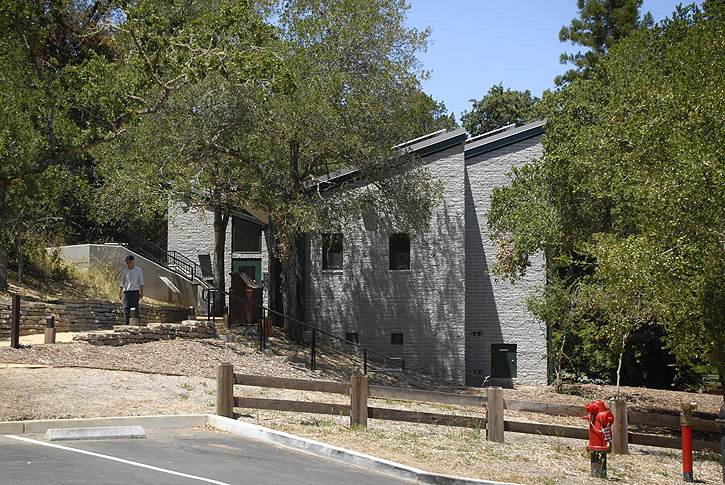
A display tells about the efforts to bring the Bay Checkerspot butterfly back from extinction. Auto exhaust pollution from nearby Interstate 280 was destroying the habitat for its host plants, and by 2002 the preserve's population of bay checkerspot butterflies was only one caterpillar -- down from 5,000 butterflies in previous years. Since then it has increased to 1,000 caterpillars and 12 adult butterflies. We all hope the population continues to increase.
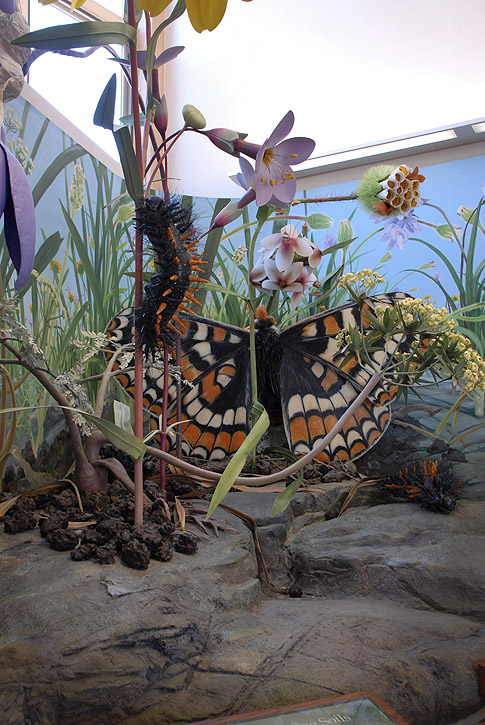
We learn about seeps and springs.
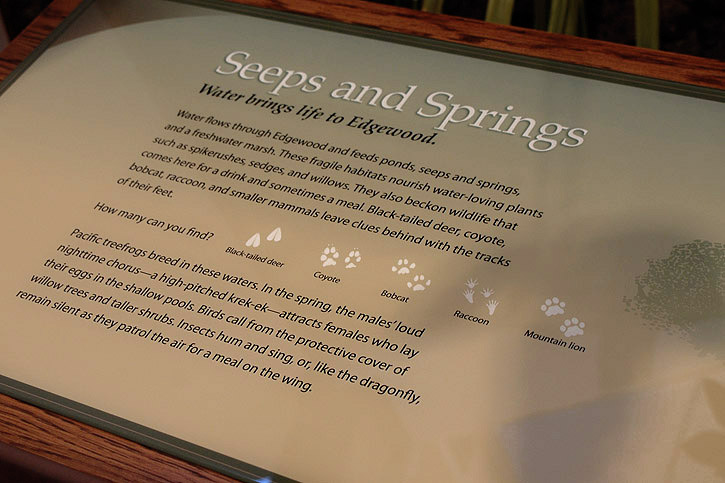
A three-dimensional topographic watershed model lights up to outline the drainage patterns of the local watershed.
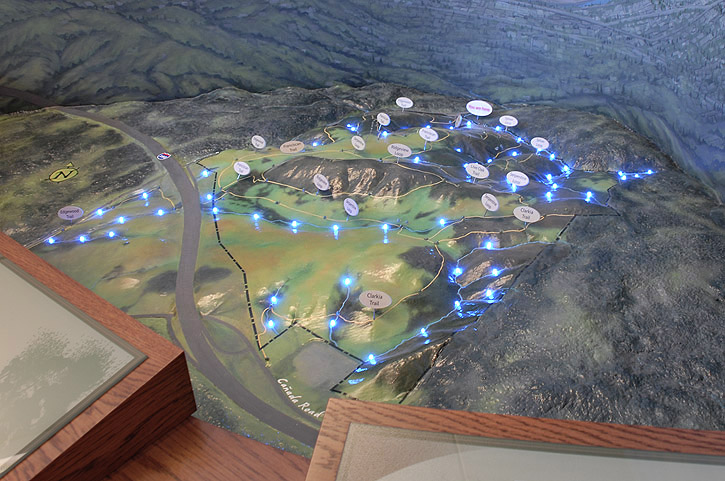
We set out on the Sylvan Trail.
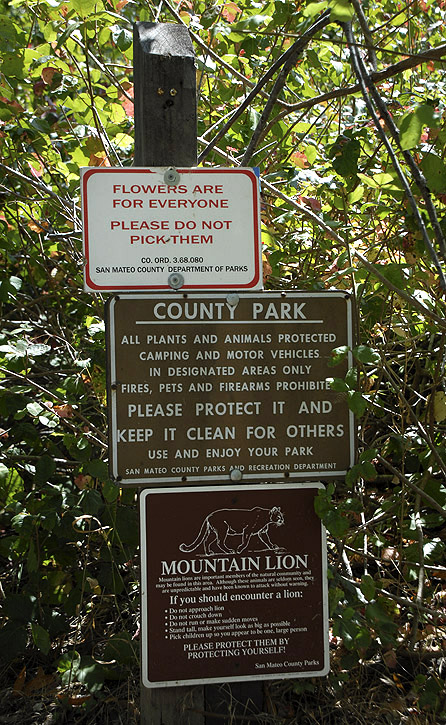
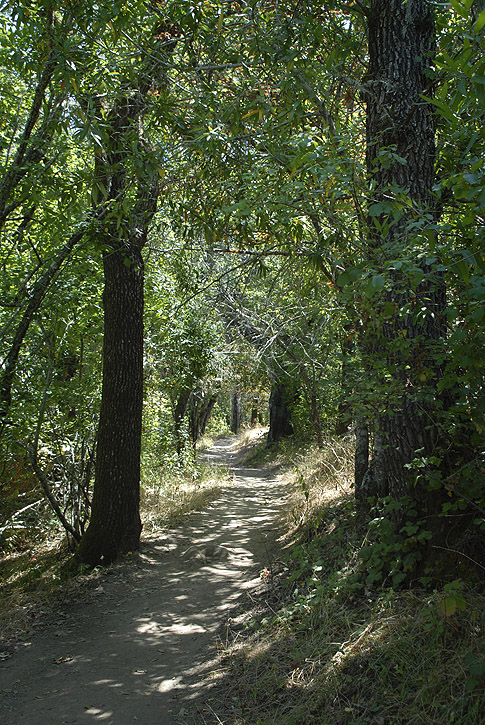
We pass a large pile of sticks and twigs, a woodrat's nest.
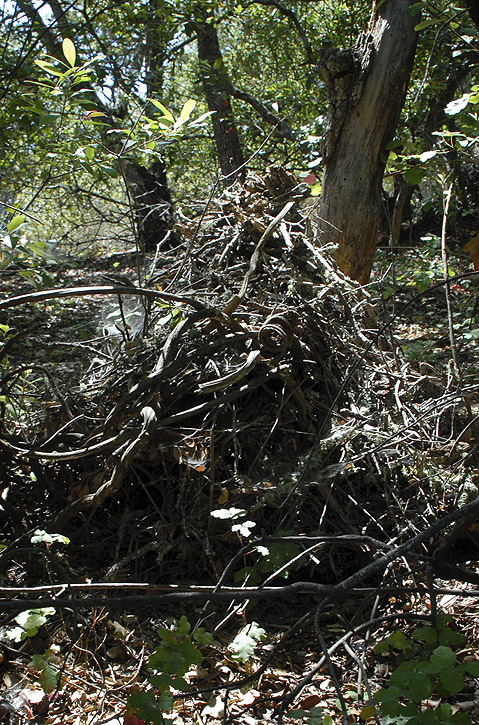
The Sylvan Loop Trail passes through mixed oak woodland.
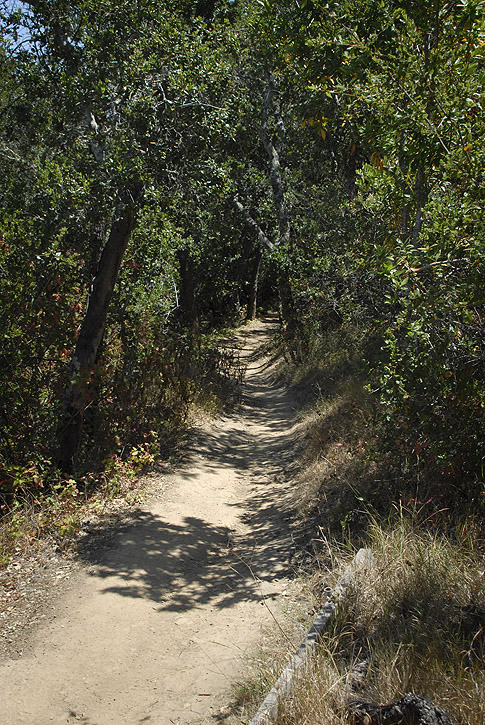
Exercise?! Nuh-uh.
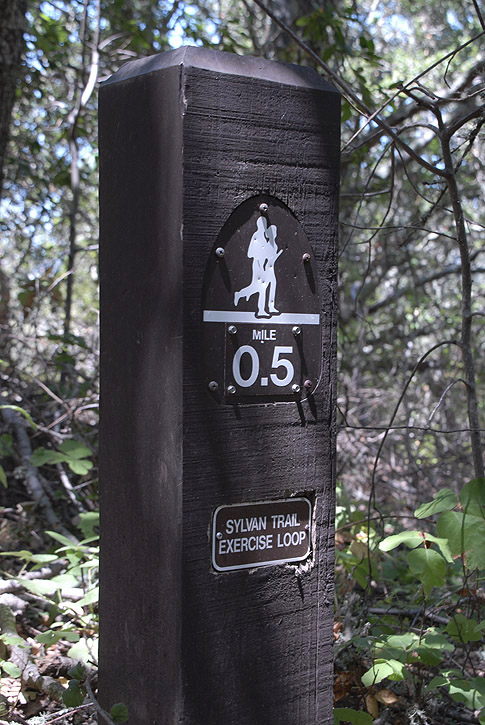
Everlasting is also called cudweed.
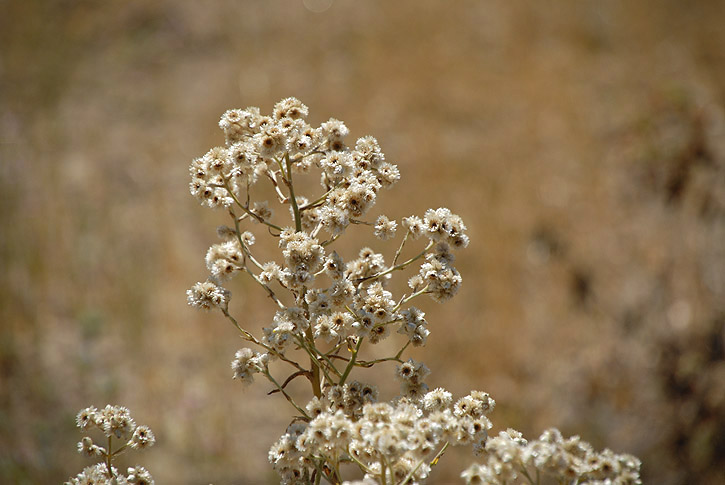
Centaury likes to grow in sunny areas.
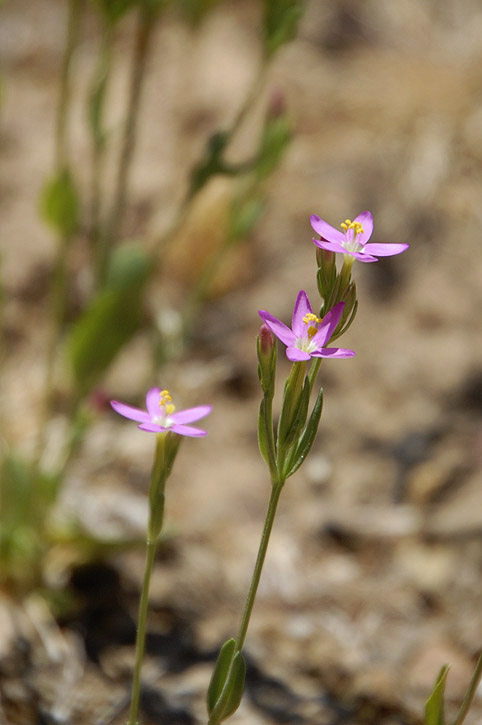
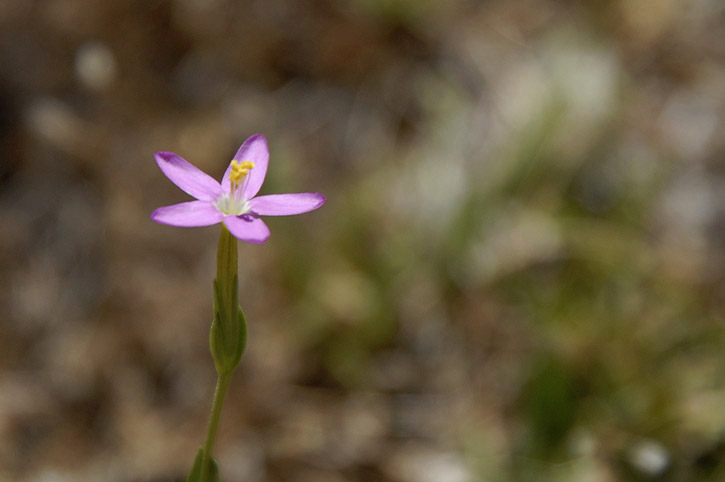
As the trail rises we get a bit of a view to the east between the trees. The large white areas are salt evaporation ponds.
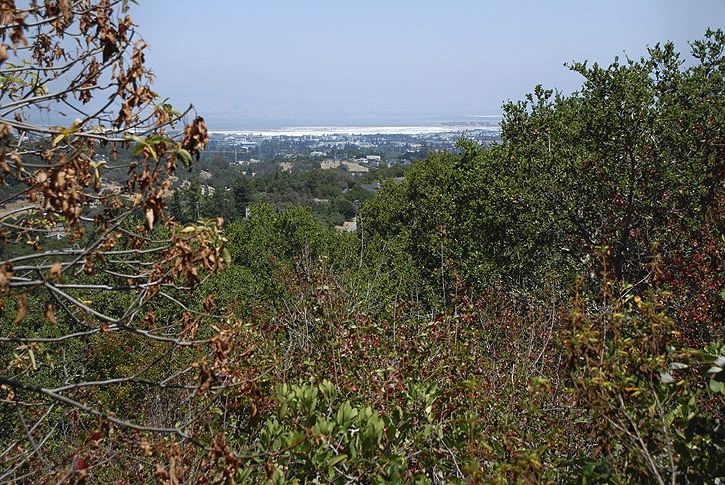
A red bay leaf on the trail.
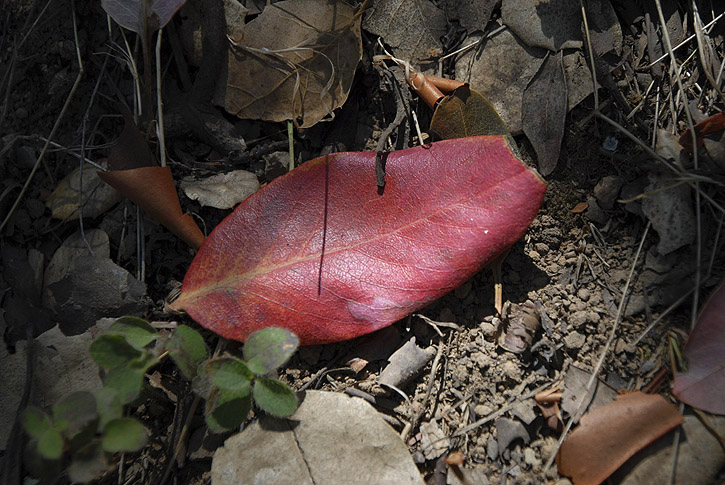
Dried turkey tail fungi on a dead log beside the trail.
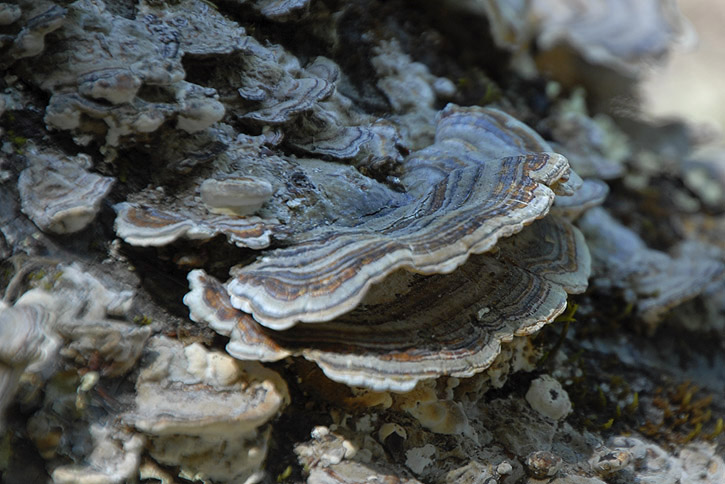
I wonder where it used to go?
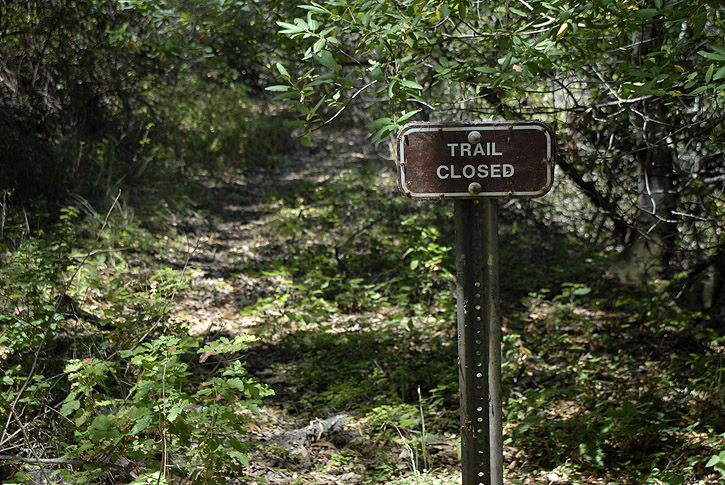
The Franciscan Trail.
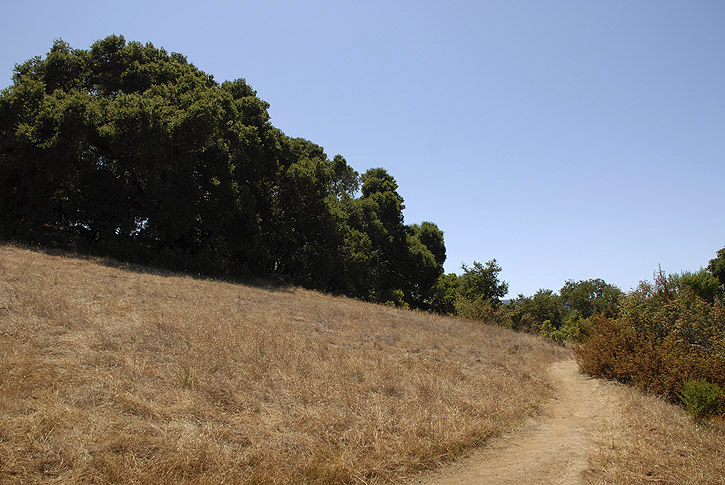
There are many reminders to stay on the trail.
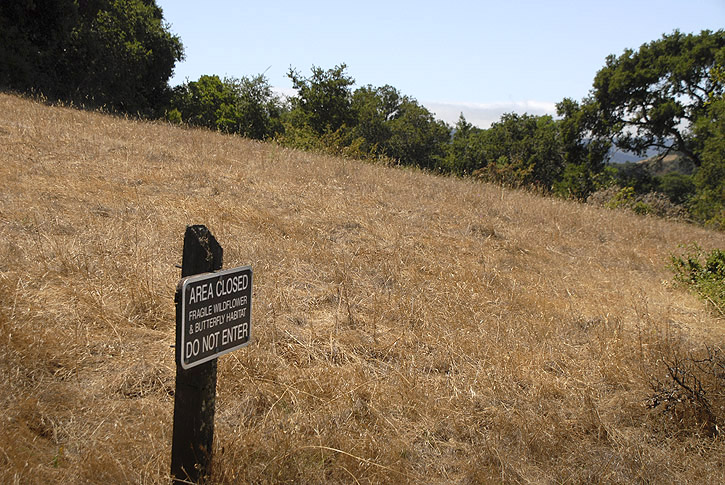
Madrones have incredible peeling bark.
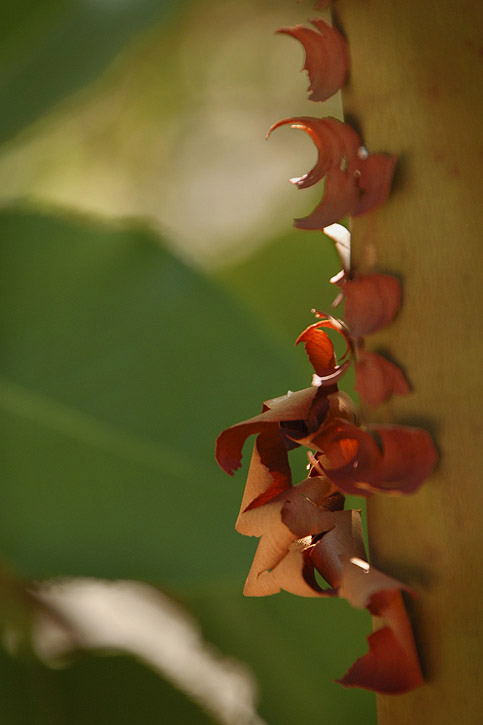
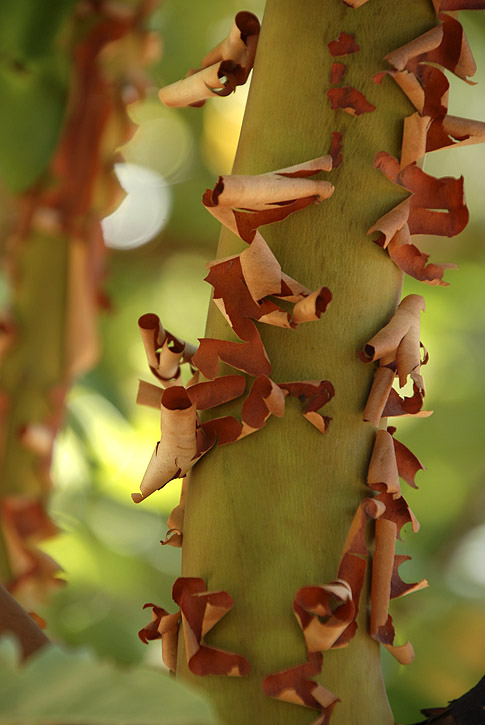
Looking southeast through the haze.
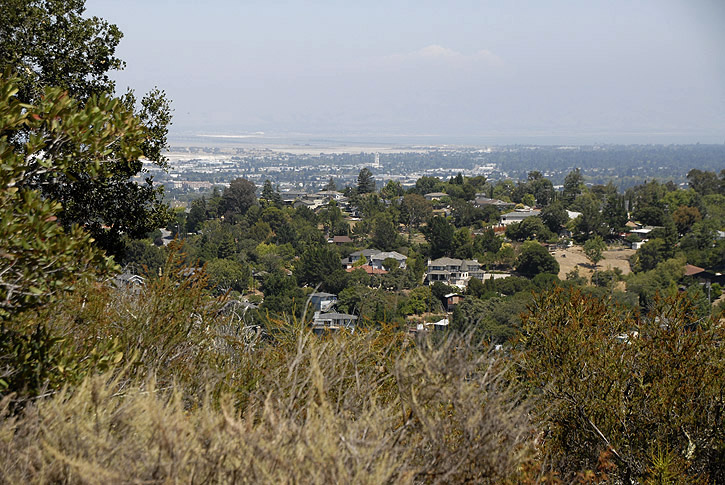
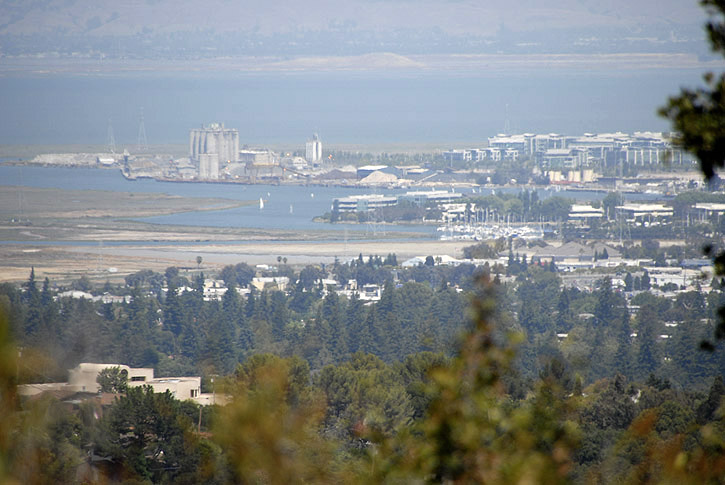
Some of the unique serpentine grassland along the Franciscan Trail.
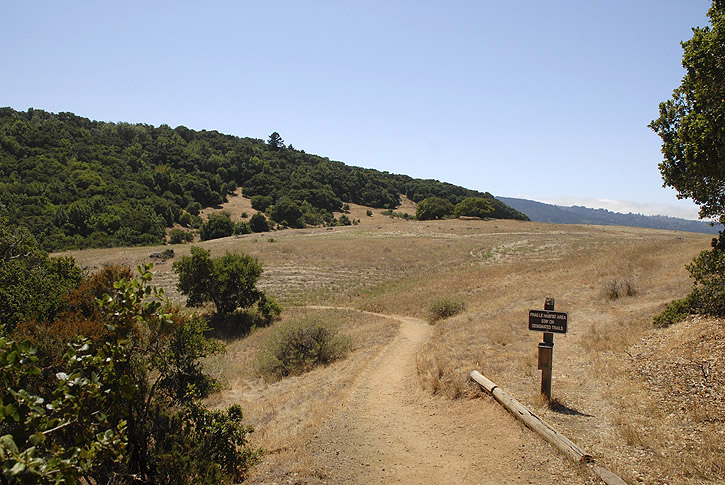
Clarkia blooms at the end of spring, often after grasses and other herbs have turned brown and dry. For this reason it has been given the common name of Farewell-to-Spring.
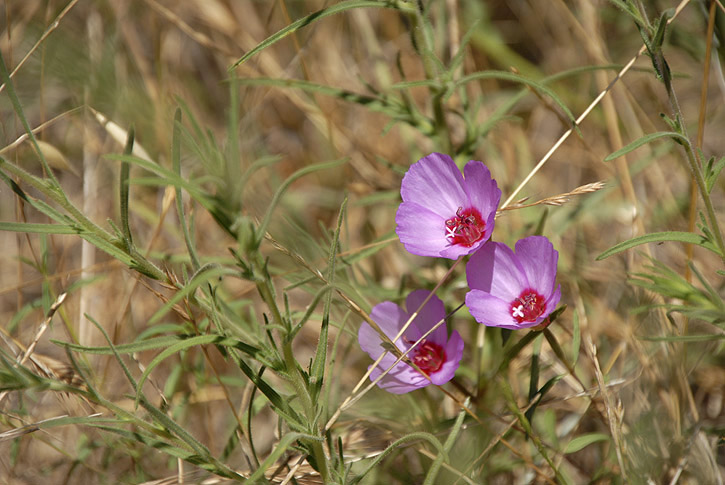
A turkey vulture rides the thermals in the warm afternoon.
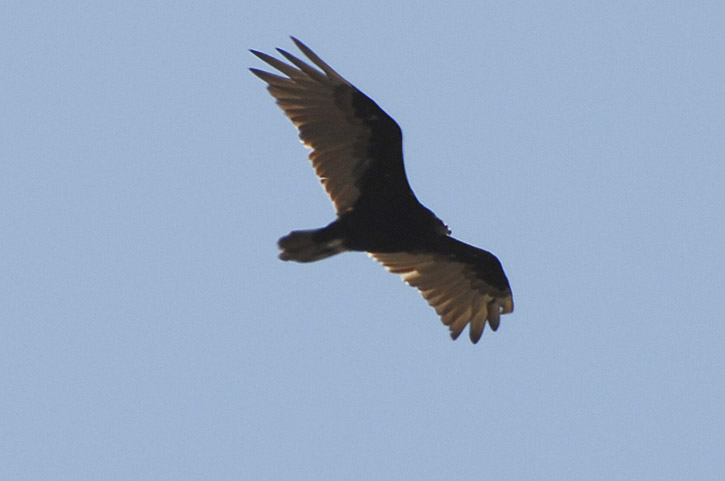
Looking past a serpentine boulder to the dry hills full of dead annual non-native grasses.
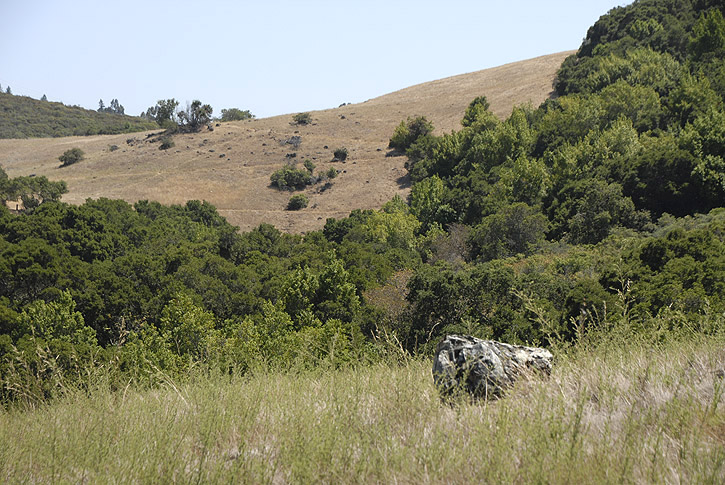
And what's a sunny boulder without a lizard to two?
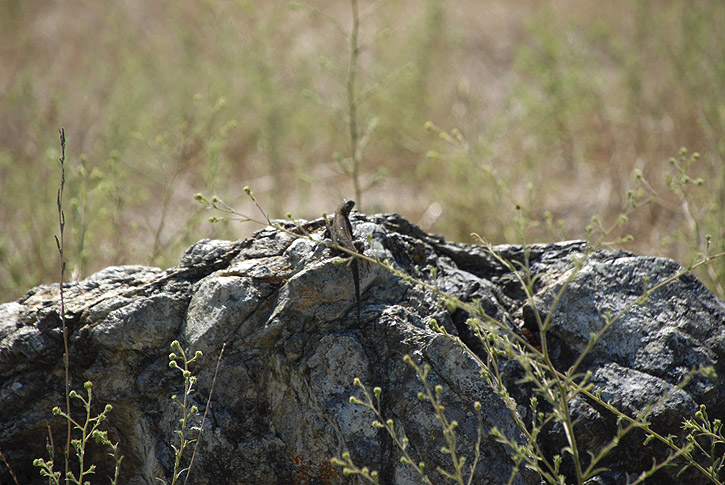
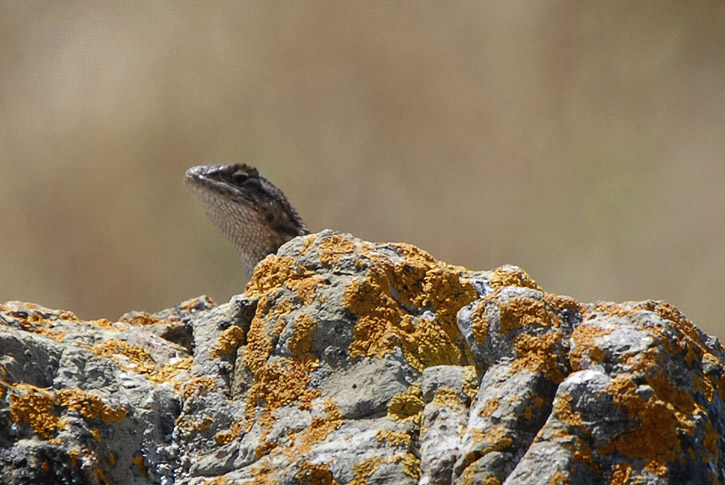
More boulders and dry hillsides.
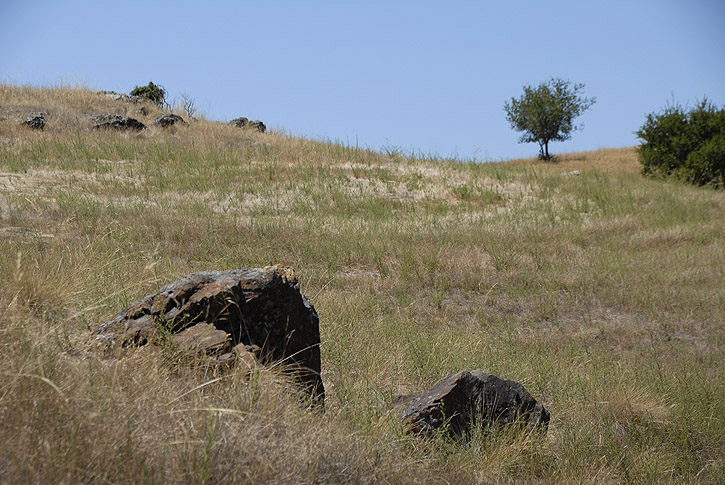
A short-horned grasshopper is very well camouflaged against the dusty trail and dry grass.
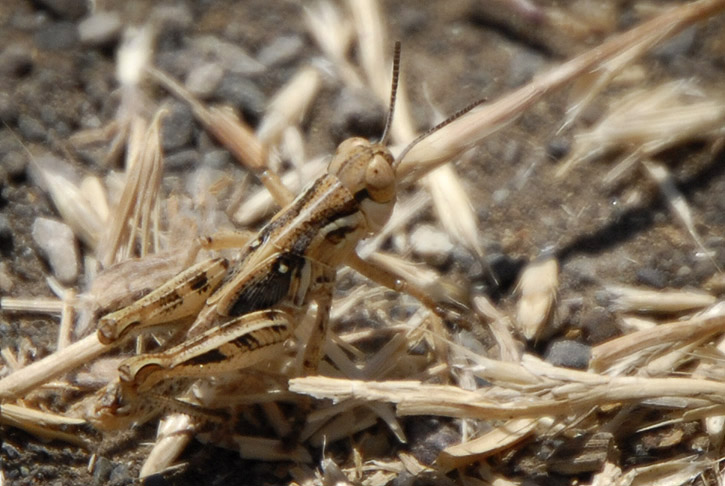
More Centaury (or as I like to call it, Alpha Centaury).
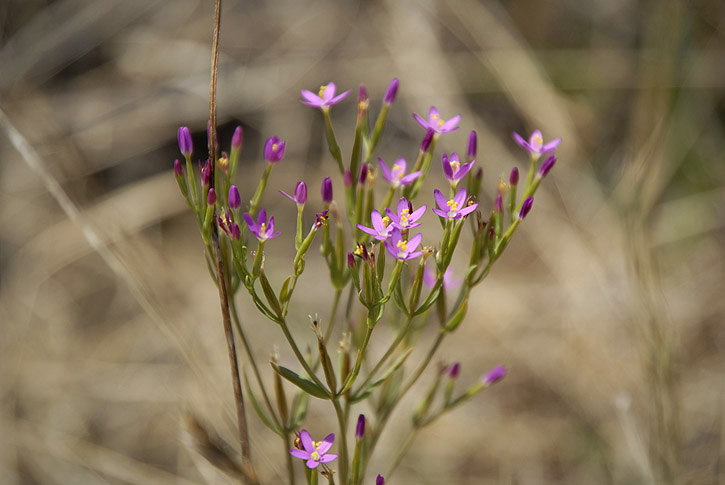
Looking ahead and behind us on the Franciscan Trail.
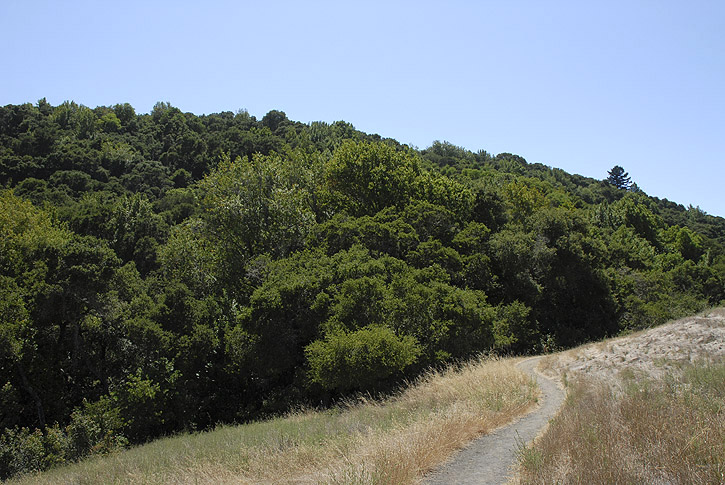
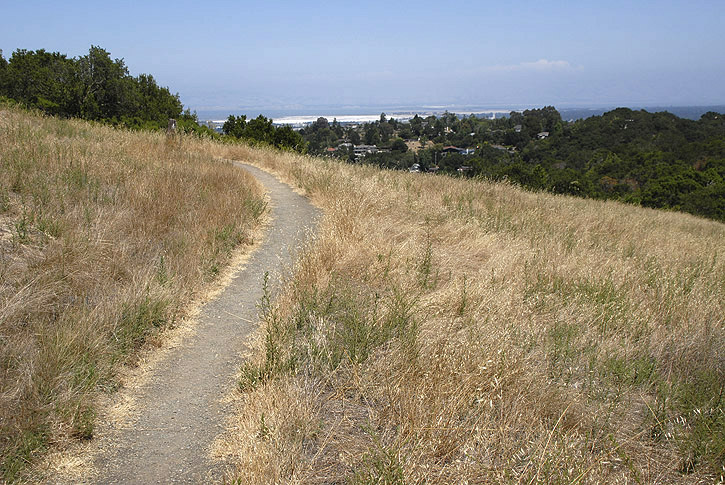
Another dry hillside.
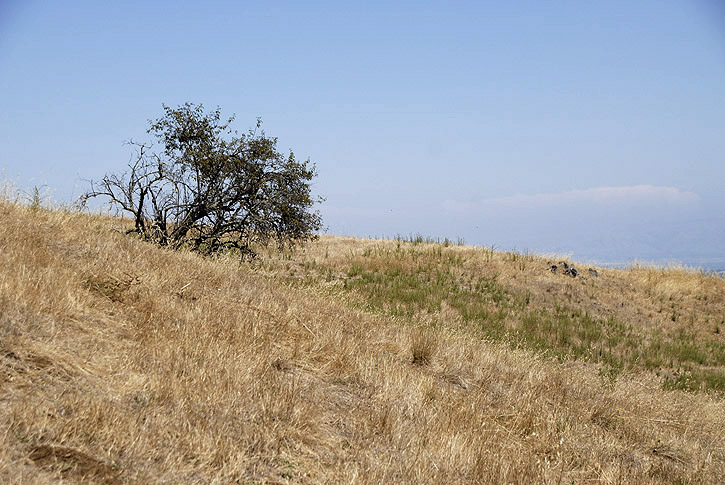
Everlasting is all dried out as well.

The coffeeberry berries are beginning to ripen.
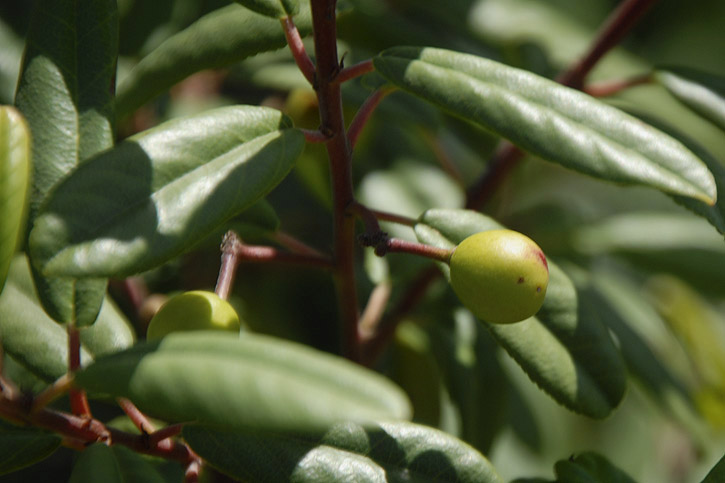
The blooming time for coyote mint is coming to an end.
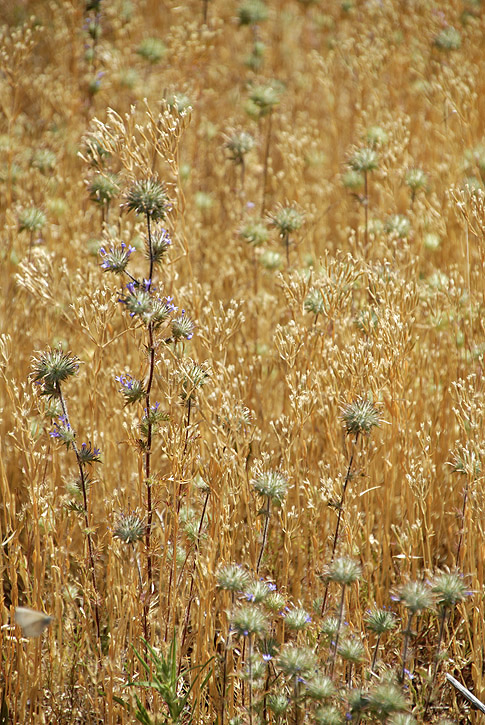
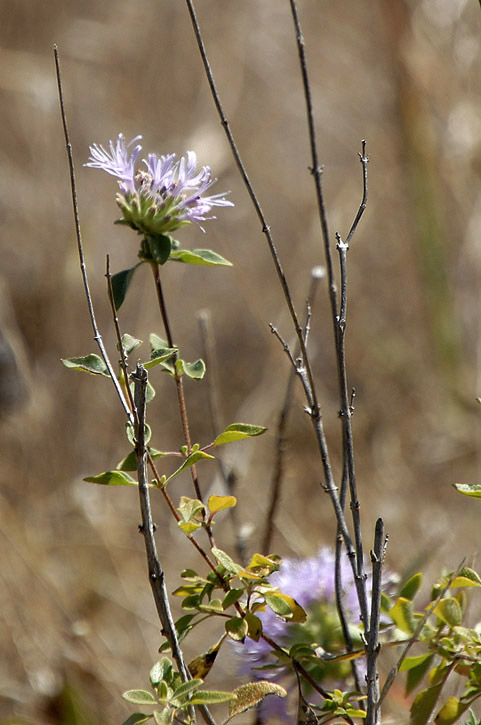
Clarkia is also known as Ruby Chalice, and it is easy to see why.
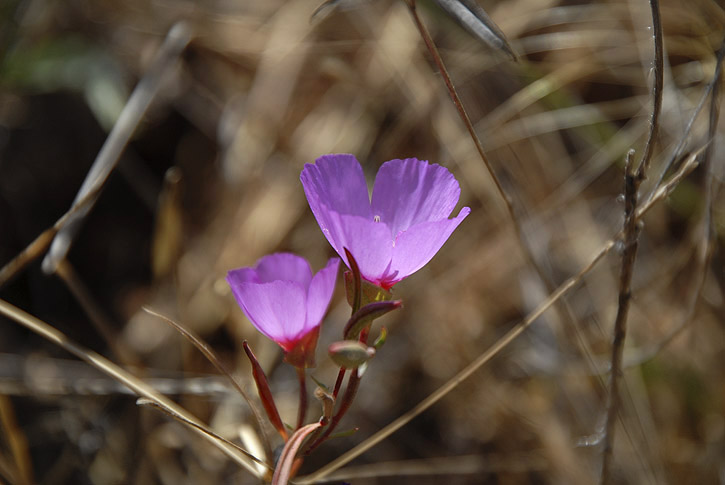
The yarrow has gone to seed.
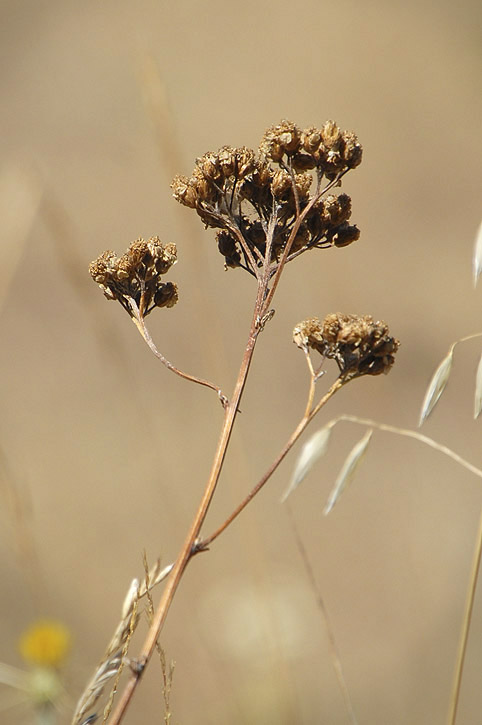
The ubiquitous invasive non-native yellow star thistle and its formidable spines.
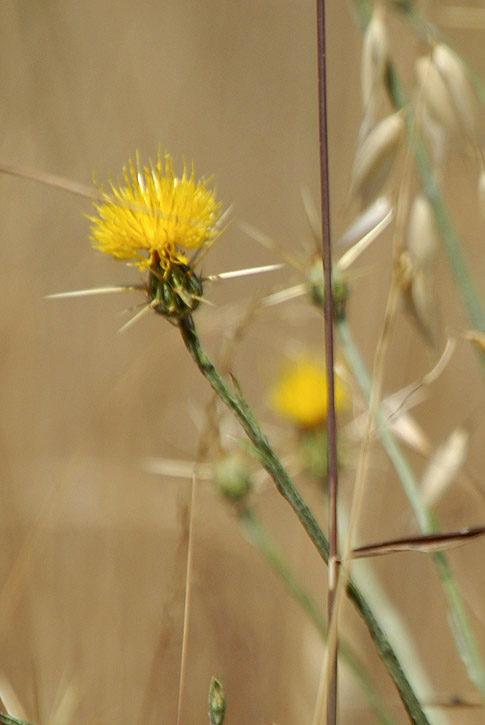
Even though it is the end of July, some of the poison oak is already beginning to turn red for autumn.
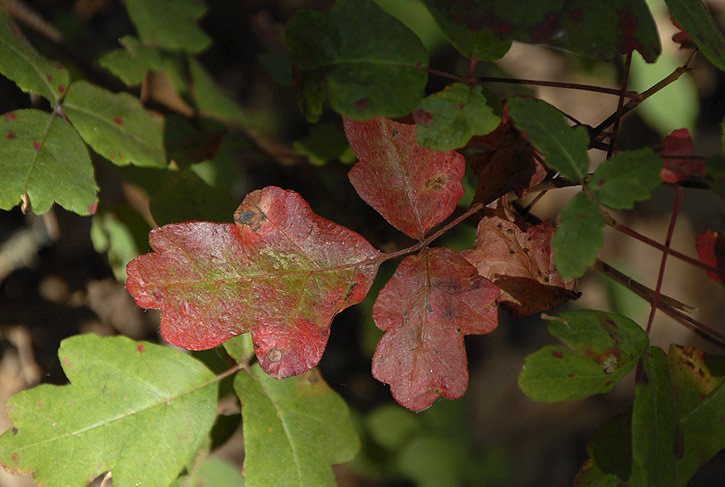
Another western fence lizard.
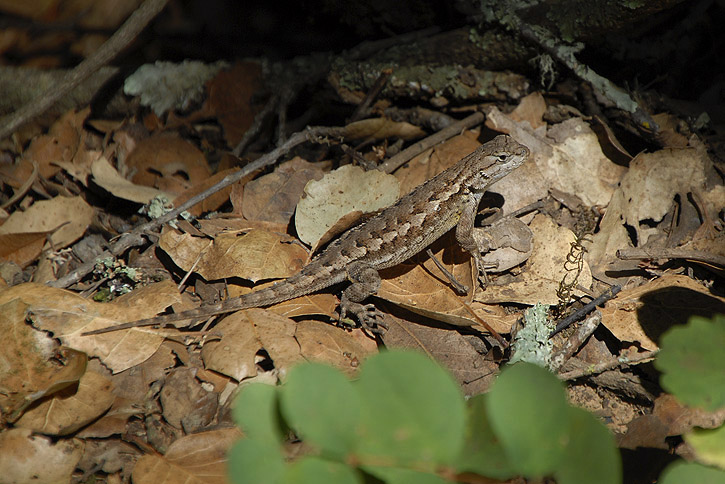
We continue on the shady Ridgeview Loop Trail.
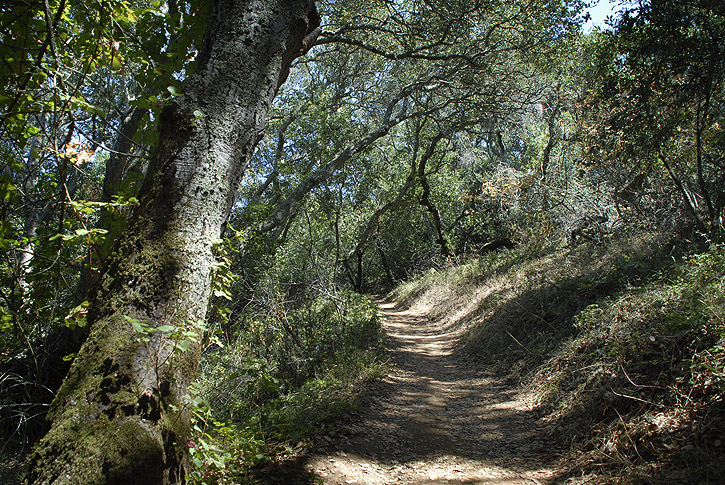
More peely madrone bark.
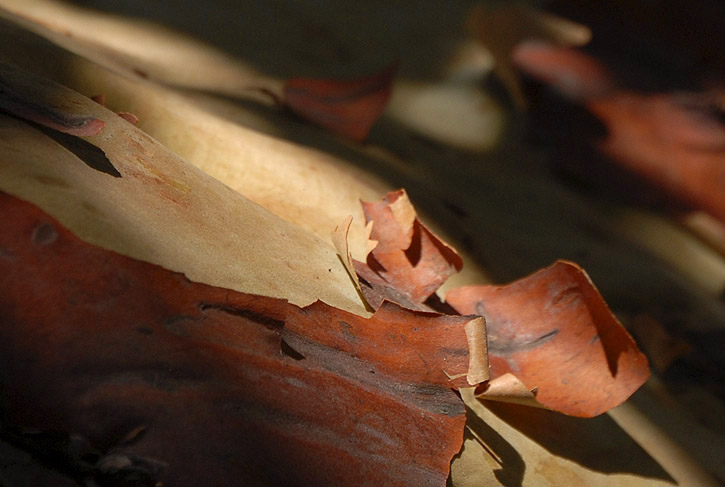
The shady live oak canopy overhead.
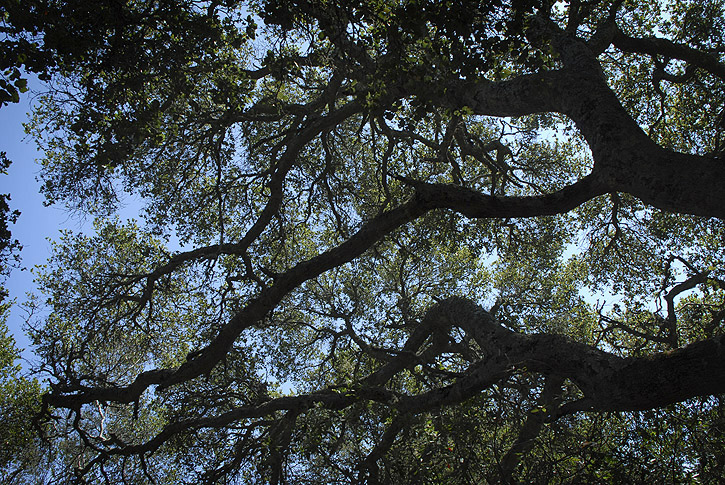
And yet another lizard.
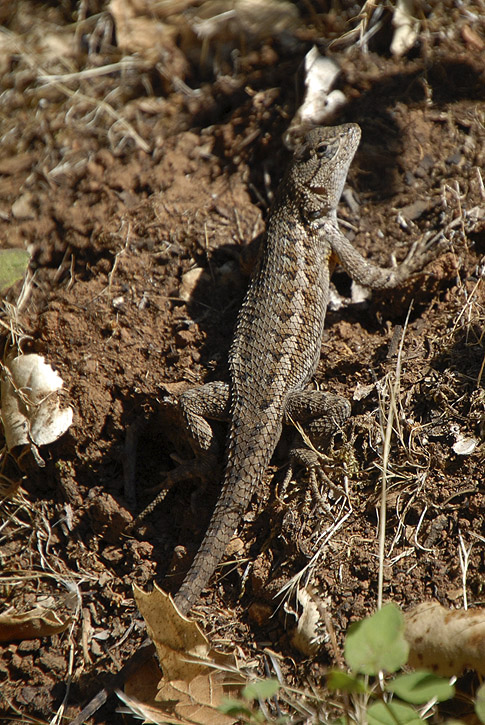
The trail goes along a south-facing slope and through a stretch of chaparral.
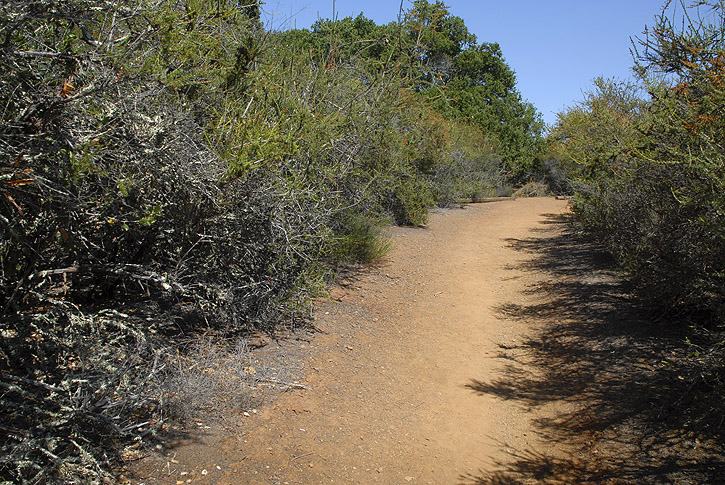
The view east from the Ridgeview Loop Trail.
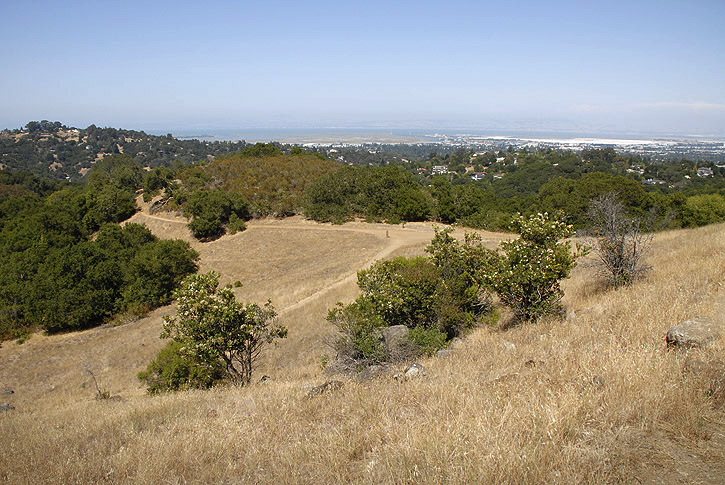
Clarkias are in the Evening Primrose family of plants.
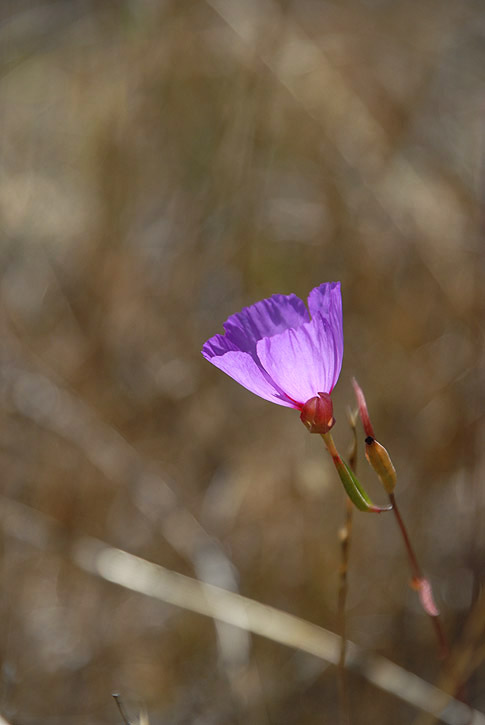
Kellogg's yampah is related to the carrot. The native Ohlone Indians used to eat the seeds and roast the roots.
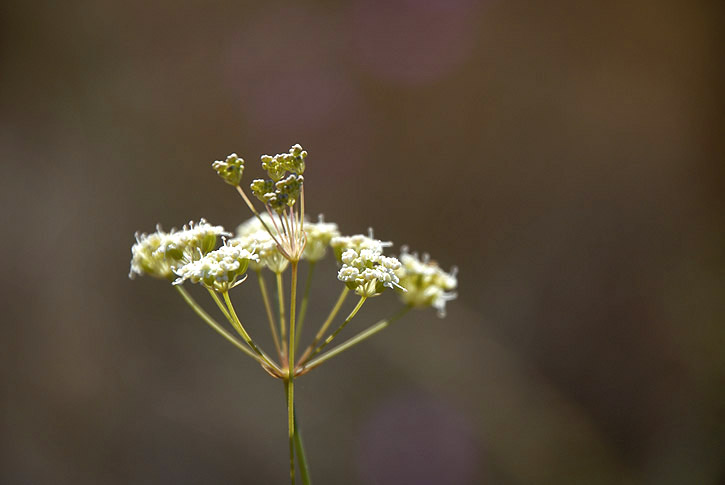
Heading down the Serpentine Loop Trail, we see efforts made to discourage people from taking shortcuts up hillsides and through sensitive wildflower or butterfly habitats.
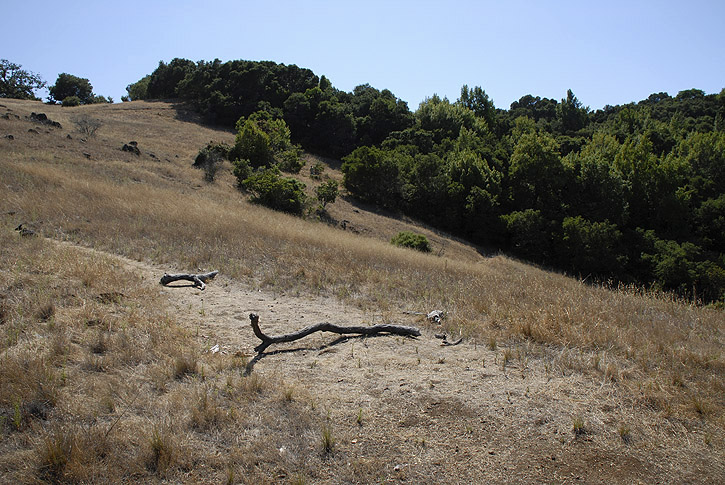
A half-burned madrone along the trail. The madrone has low resistance to fire because of its thin bark, but it depends on periodic fire to eliminate or reduce competing plants in the overstory. After a fire kills aerial stems, the madrone is able to sprout up again from dormant buds on its burl.
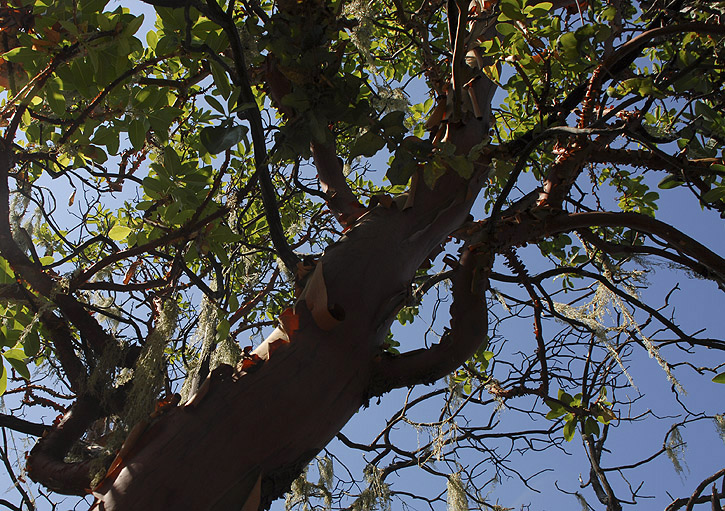
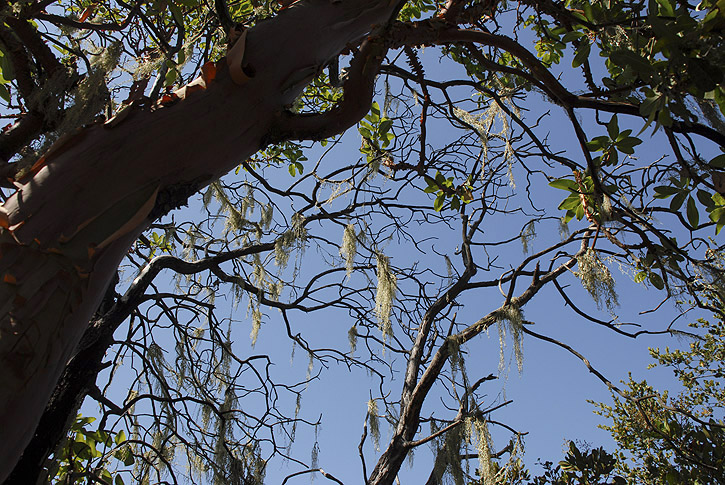
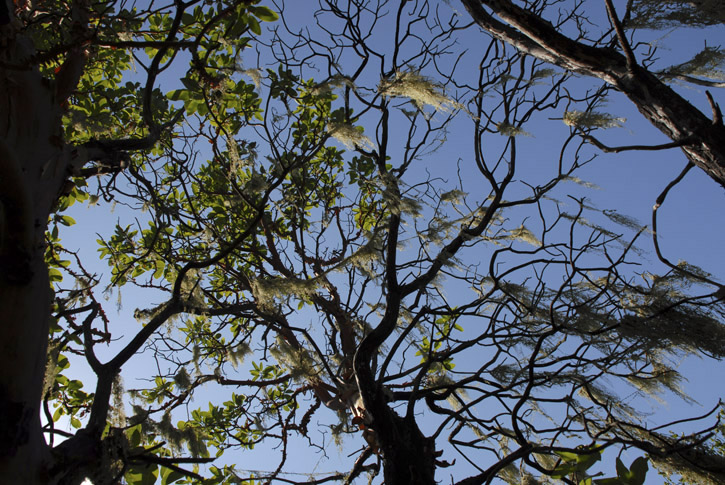
These live oaks are like sentinels on a hilltop.
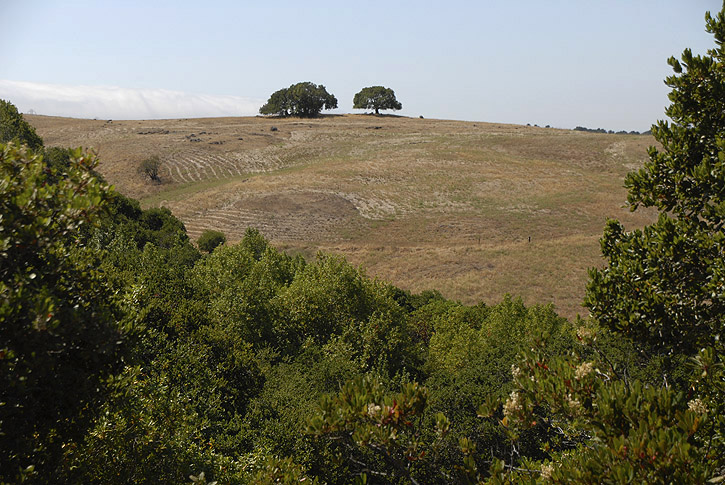
Our walk back along the Sylvan Loop Trail passes many small spider webs glowing in the late afternoon sun.
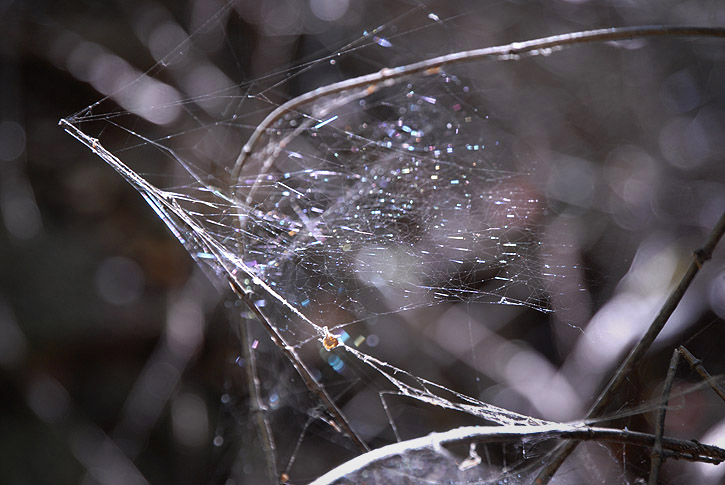
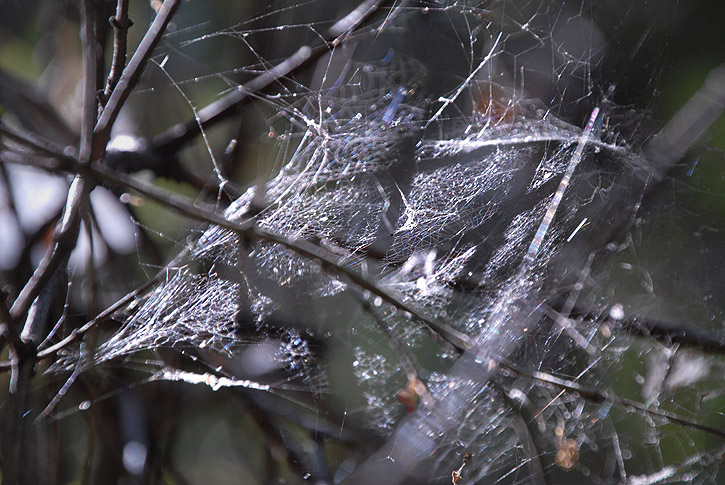
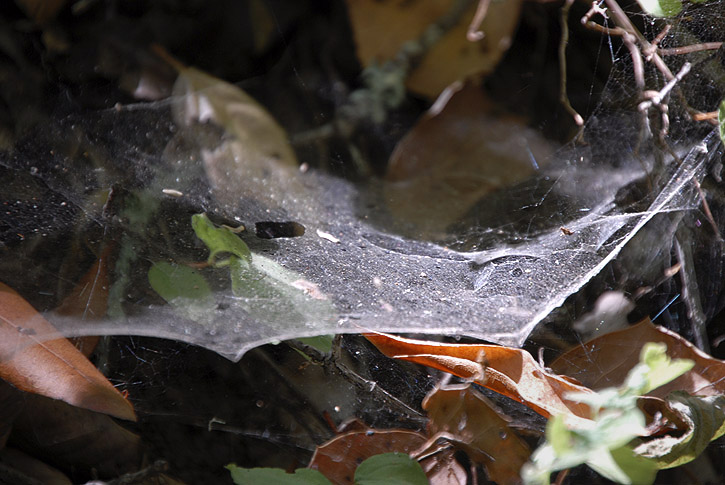
Looking down a shady gulch.
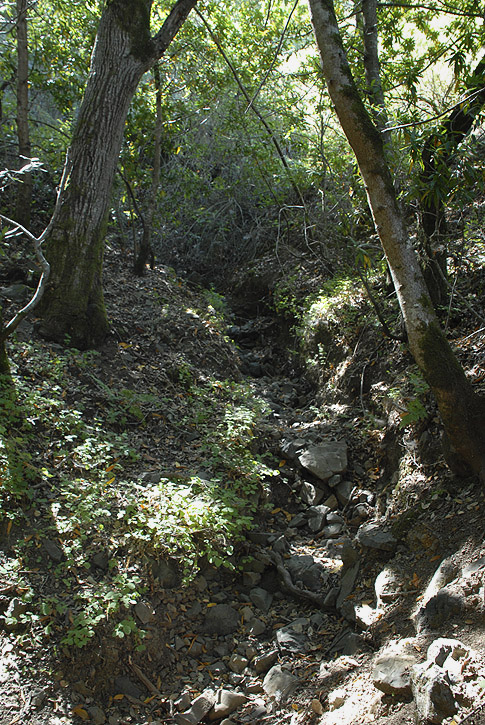
A few blackberry blossoms are still visible, but most are festooned with ripening fruit.
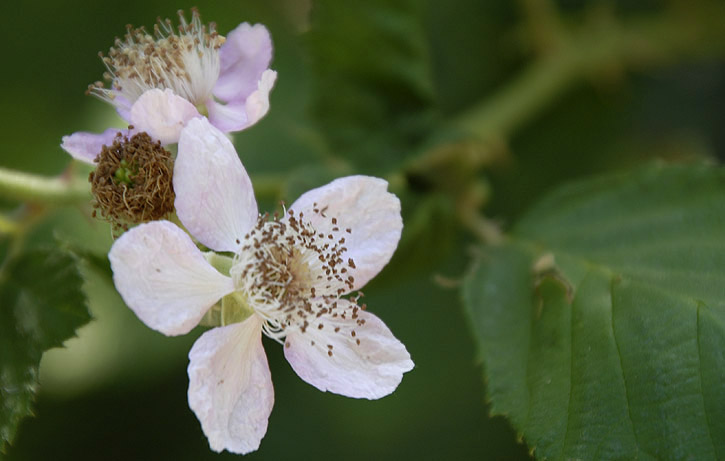
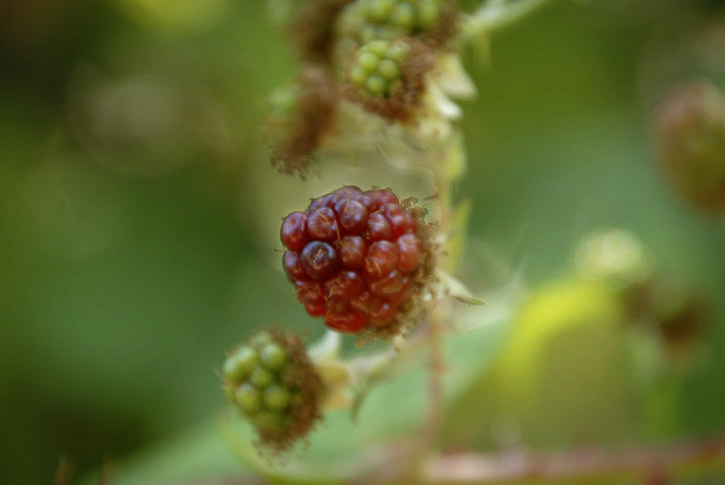
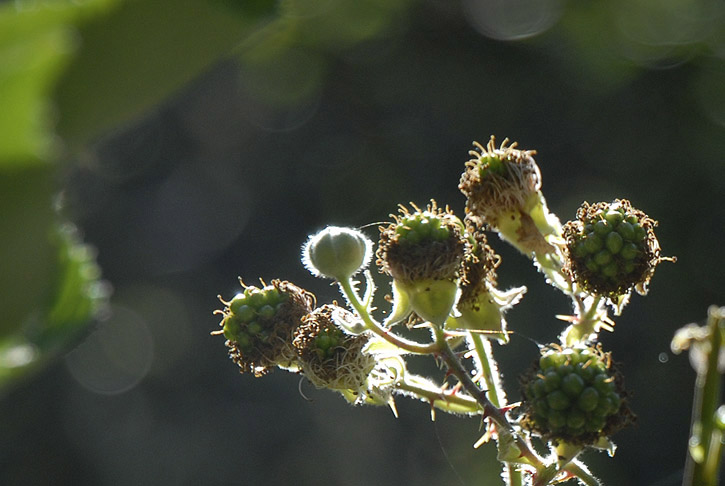
A backlit blossom is like a beacon glowing in the late afternoon woods.
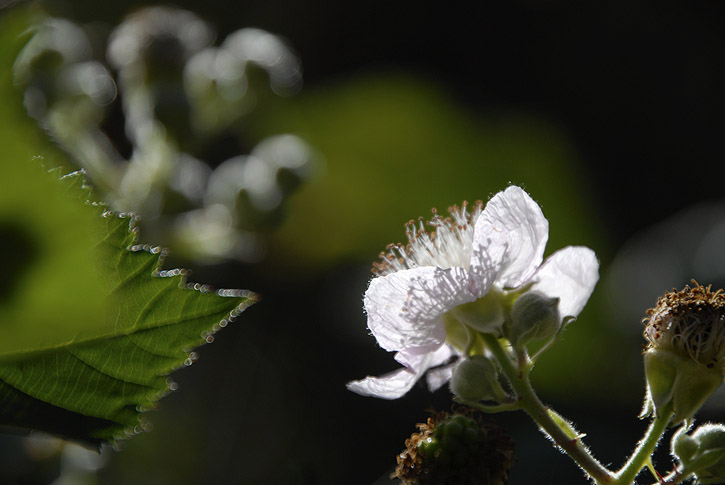
.
On Saturday D. and I went back to Edgewood Park & Natural Preserve to see their new Education Center and walk along a (mostly) shady trail. Here are some of my pics.
The newly-opened Education Center has a lot of green design features, including salvaged lumber floors, reclaimed denim insulation, and solar panels on the roof.

A display tells about the efforts to bring the Bay Checkerspot butterfly back from extinction. Auto exhaust pollution from nearby Interstate 280 was destroying the habitat for its host plants, and by 2002 the preserve's population of bay checkerspot butterflies was only one caterpillar -- down from 5,000 butterflies in previous years. Since then it has increased to 1,000 caterpillars and 12 adult butterflies. We all hope the population continues to increase.

We learn about seeps and springs.

A three-dimensional topographic watershed model lights up to outline the drainage patterns of the local watershed.

We set out on the Sylvan Trail.


We pass a large pile of sticks and twigs, a woodrat's nest.

The Sylvan Loop Trail passes through mixed oak woodland.

Exercise?! Nuh-uh.


Everlasting is also called cudweed.

Centaury likes to grow in sunny areas.


As the trail rises we get a bit of a view to the east between the trees. The large white areas are salt evaporation ponds.

A red bay leaf on the trail.

Dried turkey tail fungi on a dead log beside the trail.

I wonder where it used to go?


The Franciscan Trail.

There are many reminders to stay on the trail.

Madrones have incredible peeling bark.


Looking southeast through the haze.


Some of the unique serpentine grassland along the Franciscan Trail.

Clarkia blooms at the end of spring, often after grasses and other herbs have turned brown and dry. For this reason it has been given the common name of Farewell-to-Spring.

A turkey vulture rides the thermals in the warm afternoon.

Looking past a serpentine boulder to the dry hills full of dead annual non-native grasses.

And what's a sunny boulder without a lizard to two?


More boulders and dry hillsides.

A short-horned grasshopper is very well camouflaged against the dusty trail and dry grass.

More Centaury (or as I like to call it, Alpha Centaury).

Looking ahead and behind us on the Franciscan Trail.


Another dry hillside.

Everlasting is all dried out as well.

The coffeeberry berries are beginning to ripen.

The blooming time for coyote mint is coming to an end.


Clarkia is also known as Ruby Chalice, and it is easy to see why.

The yarrow has gone to seed.

The ubiquitous invasive non-native yellow star thistle and its formidable spines.

Even though it is the end of July, some of the poison oak is already beginning to turn red for autumn.

Another western fence lizard.

We continue on the shady Ridgeview Loop Trail.

More peely madrone bark.

The shady live oak canopy overhead.

And yet another lizard.

The trail goes along a south-facing slope and through a stretch of chaparral.

The view east from the Ridgeview Loop Trail.

Clarkias are in the Evening Primrose family of plants.

Kellogg's yampah is related to the carrot. The native Ohlone Indians used to eat the seeds and roast the roots.

Heading down the Serpentine Loop Trail, we see efforts made to discourage people from taking shortcuts up hillsides and through sensitive wildflower or butterfly habitats.

A half-burned madrone along the trail. The madrone has low resistance to fire because of its thin bark, but it depends on periodic fire to eliminate or reduce competing plants in the overstory. After a fire kills aerial stems, the madrone is able to sprout up again from dormant buds on its burl.



These live oaks are like sentinels on a hilltop.

Our walk back along the Sylvan Loop Trail passes many small spider webs glowing in the late afternoon sun.



Looking down a shady gulch.

A few blackberry blossoms are still visible, but most are festooned with ripening fruit.



A backlit blossom is like a beacon glowing in the late afternoon woods.

.